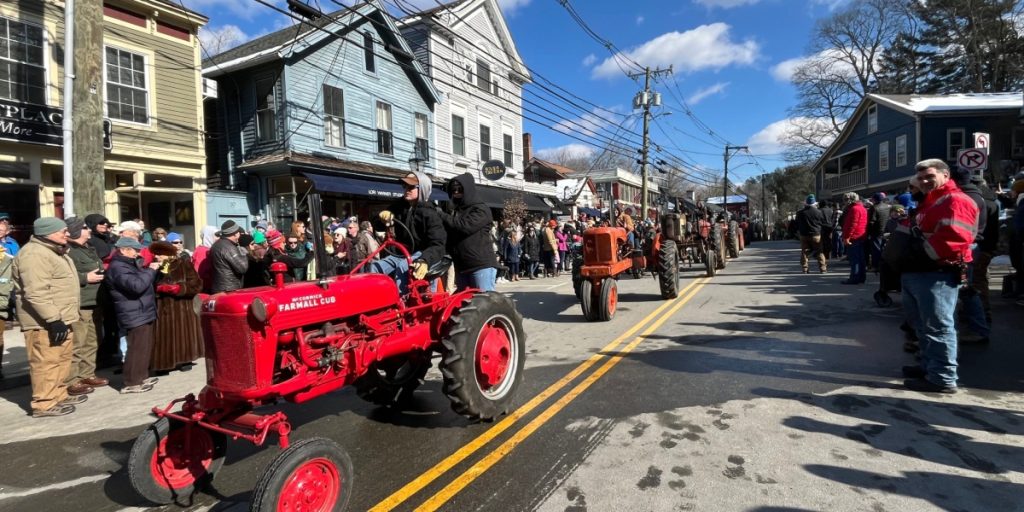In a Connecticut town, a small earthquake and strange ‘Moodus Noises’ stirred the community once again.
Others are reading now
Donna Lindstrom was in her East Hampton home when a loud noise shook her property early Wednesday morning. The retired delivery driver, along with many locals, took to social media to discuss the latest in a long line of mysterious sounds known as the “Moodus Noises.”
“It was like a sonic boom,” Lindstrom described. “It was a real short jolt and loud. It felt deep, deep, deep.”
The U.S. Geological Survey confirmed the noise was due to a minor earthquake with a magnitude of 1.7.
Robert Thorson, a University of Connecticut earth sciences professor, explained that East Hampton and the nearby village of Moodus have experienced these sounds for centuries. The name “Moodus” itself comes from the Algonquian words meaning “place of bad noises,” reflecting the area’s seismic history, which even includes a significant 1791 earthquake.
Also read
The federal government once investigated these noises, particularly because of concerns about the nearby Haddam Neck Nuclear Power Plant. They discovered that the sounds result from small, shallow seismic shifts in a particularly brittle crust, amplified by the local topography and rock fractures.
Thorson suggested that underground fractures or cavities might be amplifying the pressure-induced sounds on the crust, akin to the noise of breaking ice cubes. However, he reassured that these phenomena do not indicate an impending large earthquake.
“Rift faults that we used to have here (millions of years ago) are gone,” he statred. “We replaced that with a compressional stress.”
That stress, according to him, results in the crunching sounds, sporadic loud bangs, and minor earthquakes known as the “Moodus Noises.”
“It’s just something we all have to live with,” Lindstrom said, relieved to be in Connecticut rather than earthquake-prone California.


